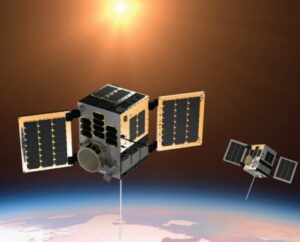
HawkEye 360 on Tuesday said it has received a $12.3 million contract from the Navy to continue providing its satellite-based radio frequency (RF) as part of a maritime domain awareness initiative in the Indo-Pacific region, expanding on existing work the company won last year. The Phase II award in September by the Naval Information Warfare Center follows a $5.8 million Phase I contract HawkEye 360 received in October 2022 to continue supporting the Indo-Pacific Partnership for Maritime Domain Awareness (IPMDA),…

 By
By 











